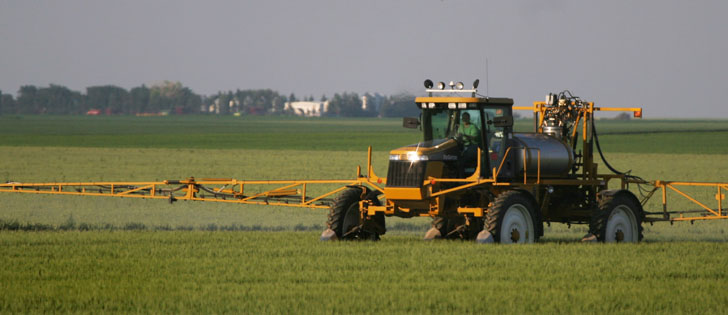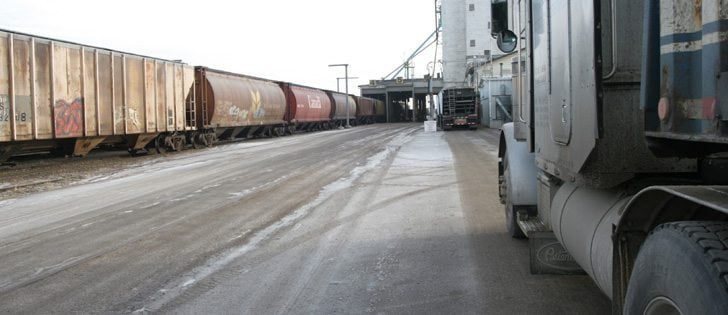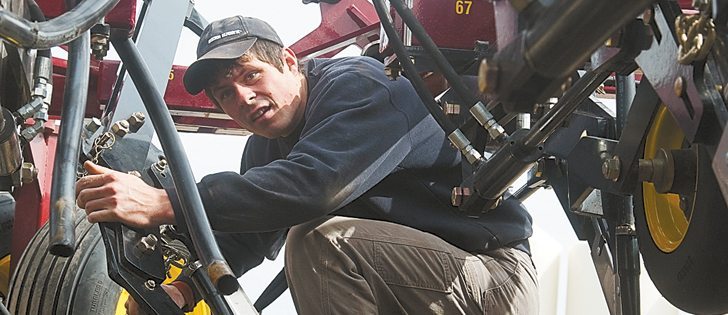Tenderness versus faster weight gain | There is a market for lower grade beef and producers must weigh the pros and cons
The benefits of implants on cattle weight gain are well known in the feeding industry, but it’s also known that implants can toughen meat, making it less desirable to consumers.
Those two facts don’t necessarily conflict when it comes to beef marketing, said Elanco meat scientist Sandra Gruber.
There is a market for lower grade beef just as there is a market for tender steaks.
“The first thing you want to do is identify what your target outcome is,” she said.
Read Also

Canadian Food Inspection Agency extends chronic wasting disease control program consultation deadline
Date extended for consultation period of changes to CWD program
“Are you producing for a branded beef company? Are you producing for somebody that just wants pounds? Obviously, we don‘t want everyone to produce just pounds because in terms of long-term beef demand, that’s really going to hurt us in the end.”
Her presentation to feedlot operators in Lethbridge Jan. 25 raised few eyebrows.
Many have heard the message about the effects of implants and beta agonists on beef quality, but there’s a strong incentive to use growth enhancing technology when payment is based on pounds.
“What I heard today, not too much of it is new,” Picture Butte feedlot operator Leighton Kolk said after the meeting. “We’re up to date on what it does and doesn’t do, so I’m not going to change what I’m doing now. I’ll change as our customer asks us to change.”
In her presentation, Gruber said implants and beta agonists work in two ways: they inhibit protein degradation in the animal or they enhance protein synthesis to increase muscle. Some can do both.
Either way, the effect is to increase size of rib eye. Since growth enhancing technology does not increase fat, the amount of marbling is lower relative to the muscle, making a tougher steak.
“Implant cattle will always grade lower,” said Gruber.
However, implant use can add $100 or more to an animal’s value. The benefit increases to $150 when combined with feed additives, dewormers and other treatments at the expensive finishing phase.
On the flip side, consumers consistently rate tenderness as a primary measure of a good beef-eating experience. Tenderness is influenced by marbling, and marbling is directly related to how beef is graded. Top grades have heavier marbling and bring a premium price, particularly in branded programs such as Certified Angus Beef.
Gruber said new research shows marbling is a lifetime event for an animal rather than a result achieved in the final phases of feeding and finishing.
“We can impact marbling throughout an animal’s lifetime,” she said, but there is an upper limit determined by the animal’s genotype.
Research shows animal health is directly related to marbling ability. Cattle that never had to be treated had much higher marbling scores, while cattle with two hospital visits were more likely to grade AA or select.
There’s a tradeoff between meat quality and weight enhanced by implants.
By comparing carcass grading to production methods, Gruber said researchers learn more about the effects of implants and beta agonists so that their use can be managed.
“The best thing to do is just to be moderate,” said Gruber.
“We can still use growth promotant technologies without being as aggressive as we can be. As producers, there’s different combinations, different products that we can use to help moderate or balance the benefit that we get from production efficiency without long-term beef demand detriment.”
Kolk said he manages implant use and feed with the help of a veterinarian and nutritionist and with an eye on packer needs.
“We assess what we do twice a year. We assess it with our veterinarian and nutritionist, and also the plants that we sell to, so we modify them at least twice a year.”















